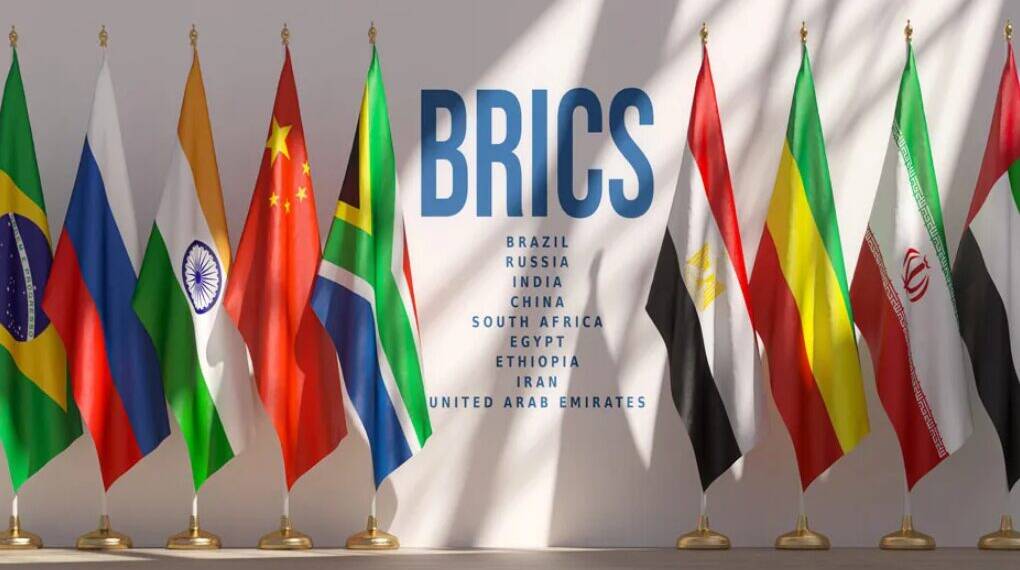BRICS, originally a coalition of Brazil, Russia, India, China, and South Africa, has rapidly expanded in recent years, adding new members and partner countries to increase its global influence. As the group grows, speculation and strategic debate have intensified around the potential accession of major Asian economies—Japan and South Korea—to the bloc.
BRICS has welcomed several new full members (including Indonesia, Egypt, Ethiopia, Iran, Saudi Arabia, and the UAE) and created a “partner country” category for states such as Malaysia, Thailand, Vietnam, and others.
The 2025 BRICS Summit in Brazil emphasized inclusivity, South-South cooperation, and a shift toward a multipolar world order.
Japan and South Korea: Strategic Calculations
Amid shifting geopolitical dynamics, Japan and South Korea may find strategic value in joining BRICS as a response to rising uncertainties in U.S. economic policy—particularly the protectionist tariffs imposed by President Donald Trump on steel, aluminum, and other goods. These actions have strained trade ties and exposed the risks of overdependence on a U.S.-centric economic system.
While the U.S. continues its traditional military presence in both countries—charging South Korea $6 billion annually for defense—tensions have also grown over trade, including recent tariff disputes with Japan. In response, Japan has asserted its intent to pursue strategic autonomy, while both nations are increasingly exploring independent foreign policy paths.
In this context, BRICS membership could serve as a strategic counterweight, helping Tokyo and Seoul diversify trade relations, reduce exposure to unilateral economic pressures, and use BRICS as leverage in negotiations with the Western bloc—ultimately contributing to a more multipolar global economic landscape.
Also Read: Is Trump Threatened by BRICS? Tariff Warning Raises Questions Over US Dollar Dominance
Geopolitical Realities and Alliance Commitments
Japan and South Korea are not on the immediate verge of joining BRICS, primarily due to their deep security and economic ties with the United States and the West. This is reinforced by the fact that both countries host significant U.S. military presences and are integral members of Western alliances such as the G7 and the U.S.-led Indo-Pacific security architecture.
Japan, for example, has faced mounting pressure to take a more independent leadership role in Asia, but its security policies and recent moves to revise Article 9 of its constitution are heavily influenced by U.S. strategic interests. Thus, the notion of either country joining BRICS in the near term appears more speculative than imminent.
Economic Motivations and Constraints
Japan’s and South Korea’s growing engagement with BRICS members, it may overstate the likelihood of formal membership. Japan’s economic influence in Southeast Asia is significant, but China remains the region’s dominant trading partner and investor, limiting Japan’s ability to offer a genuine alternative to the economic pull of China and the broader BRICS bloc.
Similarly, South Korea’s economic diversification efforts are real, but its export-oriented economy is deeply intertwined with both Western and Chinese markets, making a decisive shift toward BRICS alignment fraught with risk.
BRICS’ Internal Dynamics and Expansion Challenges
BRICS as an increasingly influential and attractive bloc, but recent summits and expert analysis suggest that internal divisions and varying national interests persist among its members.
The 2025 Rio summit, for instance, saw notable absences and highlighted the group’s difficulty in finding common ground on critical issues, despite progress in areas like climate and technology.
New members and partner countries are joining for a variety of reasons, including status and visibility, rather than a shared strategic vision. This diversity complicates the bloc’s ability to act as a cohesive alternative to Western-led institutions.
ASEAN and Regional Perspectives
Indo-Pacific and ASEAN countries—including Indonesia, which recently joined BRICS—approach the bloc with caution, wary of undermining their “free and active” foreign policies or alienating Western partners.
Japan is seen as a trustworthy partner in the region, but its leadership is often constrained by its alignment with U.S. interests and the overwhelming economic presence of China. For countries like Indonesia, joining BRICS is as much about status and international visibility as it is about concrete economic or strategic gains
U.S. Response and Global Implications
Recent U.S. policy moves, such as threats of additional tariffs on BRICS members, further complicate the calculus for Japan and South Korea. Both countries must weigh the potential economic fallout of antagonizing the U.S. against the uncertain benefits of deeper BRICS engagement. This underscores the complex balancing act facing both nations as they navigate a shifting global order.
While Japan and South Korea are increasing their engagement with BRICS members and exploring new economic and diplomatic avenues, their formal accession to the bloc remains unlikely in the short term. Their deep-rooted alliances with the U.S., the economic realities of the Indo-Pacific, and the internal diversity of BRICS itself all serve as substantial barriers.
The expansion of BRICS does reflect a broader trend toward multipolarity, but for now, Japan and South Korea are more likely to pursue incremental engagement and coalition-building within existing frameworks rather than a dramatic realignment toward BRICS membership








